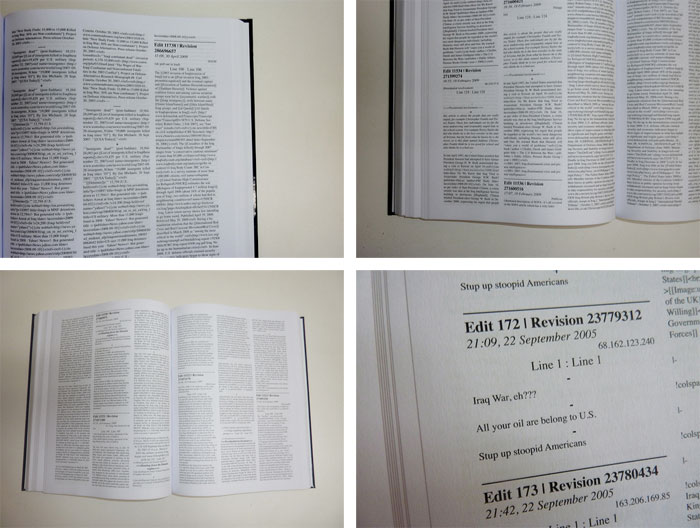I’ve been thinking lately how to give my students group work experience that, were I a student, wouldn’t make me break out in a nervous sweat.
Dave Parry has come up with some rules of engagement that cede to students almost all of the decision-making power, including, unusually, the right to fire team members who aren’t pulling their weight.
Parry is Asst. Prof of Emerging Media and Communications in the Arts and Humanities division of UT/Dallas. His blog, Academhack, is a must-read for anyone wishing to think through our path(s) toward a post-print society.
The class is Digital Writing: Privacy, Control and Surveillance on the Internet. It’s for undergraduates.
The most original elements of Parry’s group-work design are:
- Students pick team members based on complementary skills, not popularity or other criteria. Rather than just working with one’s friends, or grouping together because of a shared thematic interest, students in DP’s class review anonymous mini-resumes written on index cards and choose team members based on complementary skill sets. This sets a serious tone: this is a proto-professional setting; the design of information flow is at least as important as the content itself. (My own primitive blog aside: it’s like writing with crayolas. WordPress on my list of TtoD.)
- Each student group crafts its own rules of conduct and expectations. They come to a contractual understanding of how each will contribute throughout the semester. Rules are transparent and decided collectively during the first week of the semester.
- Students who fail to contribute can be fired by the rest of the team members. Such individuals will then be responsible for creating a privacy-themed blog all by themselves–a tremendous amount of work. Students who fall behind will either drop the course or suck it up and catch up.
- Everyone in group gets same grade. Yeouch! The perennial thorn in the buttocks of every student working group since cavepeople scrawled on walls and one guy sat outside smoking. In professional settings, if your team messes up, it doesn’t matter how hard individual members worked. This rule compels students to work out amongst themselves labor allocation and accountability. Social/emotional learning often falls beyond the purview of professors and pretty much NEVER shows up on official assessment rubrics in end-of-semester evaluations. But it still counts, baby. How nice DP is giving students a real-world context in which to hone these skills. And fret, and freak out, and send injudicious FB messages in wee hours, and work around the clock and not shower for three days, then pull through, have an awesome object online for all to see, and feel like maybe you could do this again. Just like in real life.
Judge for yourself how well this design plays out. Links to the students’ blogs below. The winner thus far: Regain Control. Nice UI. Course title:
Digital Writing: Privacy, Control, and Surveillance on the Internet
Regain Control
Demet (datamining)
Under Surveillance
OutOutsiders
Geolocation
Fiction (nonopticon)






